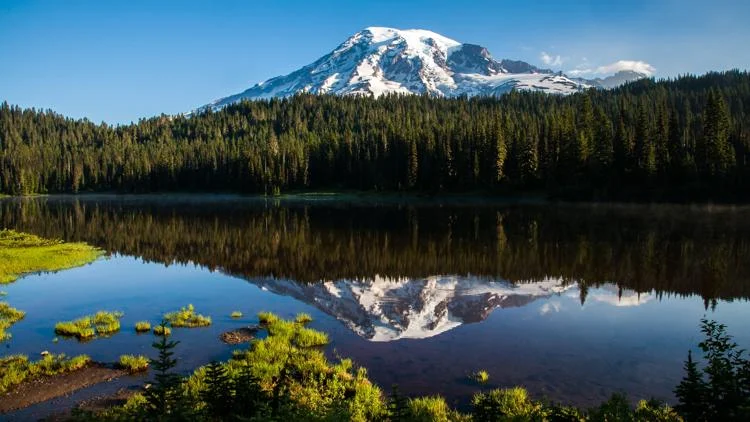
What Secrets Lie Beneath the Melting Snow? The West’s Urgent Water Crisis
In the western United States, a silent crisis is unfolding as snowpacks dwindle faster than ever, raising alarms for water supplies and wildfire risks. This isn't just about winter ending early; it's about the long-term implications for states like California and Colorado, where water is lifeblood for communities, agriculture, and ecosystems. As experts warn of potential shortages and heightened fire dangers, the melting snow reveals a broader story of climate change's accelerating impact.
Recent data from the National Oceanic and Atmospheric Administration (NOAA) highlights a late-season snow drought gripping the West. In California, snow water equivalent has plummeted to just 38% of normal levels as of late May, following unseasonably warm temperatures and scant precipitation in April and early May. Jason Gerlich, a regional drought coordinator at NOAA, explained that even basins with near-normal snow earlier in the season are now critically low. "Snowmelt this time of year is common, but such rapid melt rates are not normal," he noted. This rapid thaw not only threatens water availability but also exacerbates fire risks by leaving landscapes drier sooner.

Across the border in Colorado, the situation mirrors California's woes, with streamflow forecasts dipping below average. The Natural Resources Conservation Service reports statewide flows as low as 48% of median on the Rio Grande, signaling a shortened whitewater rafting season. Brian Domonkos, Colorado snow survey supervisor, pointed out that warm weather is accelerating snowmelt, potentially leaving rivers like the Animas and Upper Colorado with insufficient water by late summer. River guides, such as Jamie Hood from Bucking Rainbow Outfitters, are adapting by shifting operations, but challenges persist. "It's not looking great," Domonkos said, emphasizing the need for water managers to retime releases from reservoirs to sustain flows.
Comparisons between regions reveal stark contrasts and shared vulnerabilities. While Summit and Clear Creek counties in Colorado maintain near-normal snowpack at around 100-103% of the 30-year median, much of the state, particularly the southern basins, is below 50%. National Weather Service hydrologist Aldis Strautins noted that this early melt could lead to below-normal runoff, forcing reliance on unpredictable monsoon rains. In California, reservoirs are currently at 116% of normal, offering a temporary buffer, but experts like Andy Reising from the California Department of Water Resources warn that some watersheds may only reach 70% of average runoff. The interplay of these factors underscores a growing threat: diminished water supplies could spark water conflicts and intensify wildfire potential, as seen in forecasts for above-normal fire risks in Arizona, New Mexico, and parts of California.

This crisis isn't just environmental; it's a call to action for communities and policymakers. As snow drought patterns persist, the West faces a future of scarce resources and heightened dangers. What does this mean for sustainable water management and fire prevention strategies moving forward?
In summary, the vanishing snowpack in the West poses immediate risks to water supplies and fire safety, with California and Colorado at the forefront. This situation highlights the urgent need for adaptive measures amid climate change. What are your thoughts on these challenges? Share your comments below and help spark a conversation on how we can protect our vital resources.